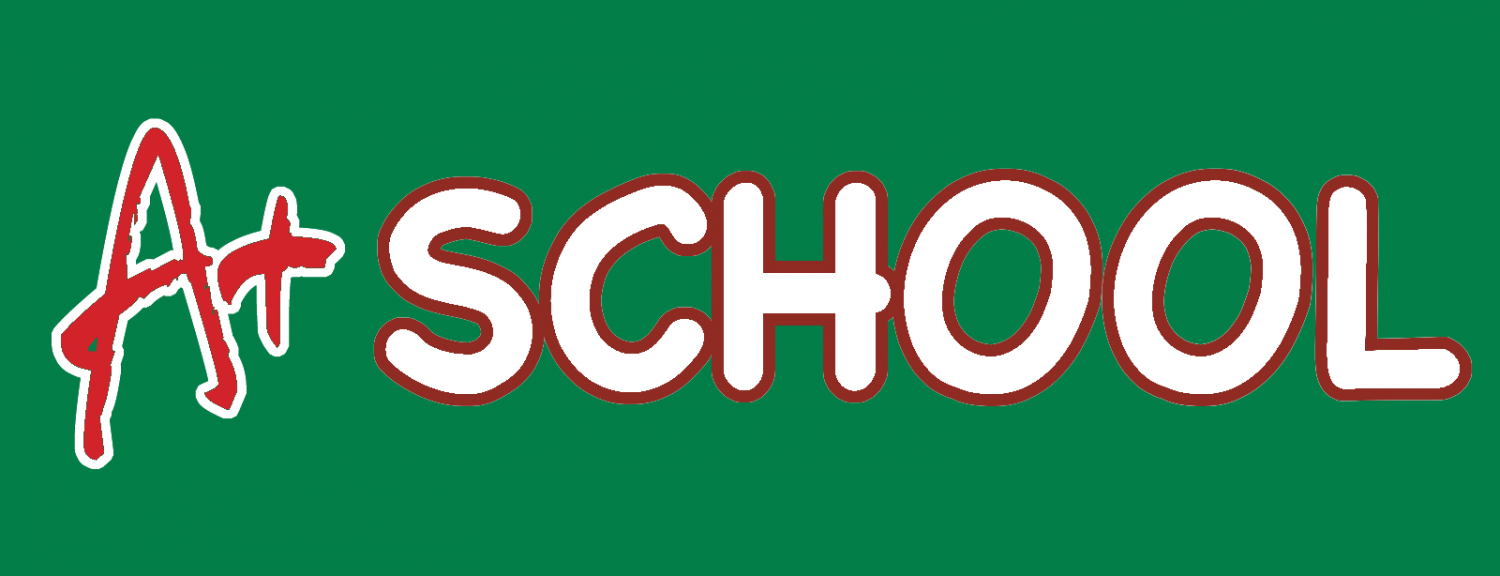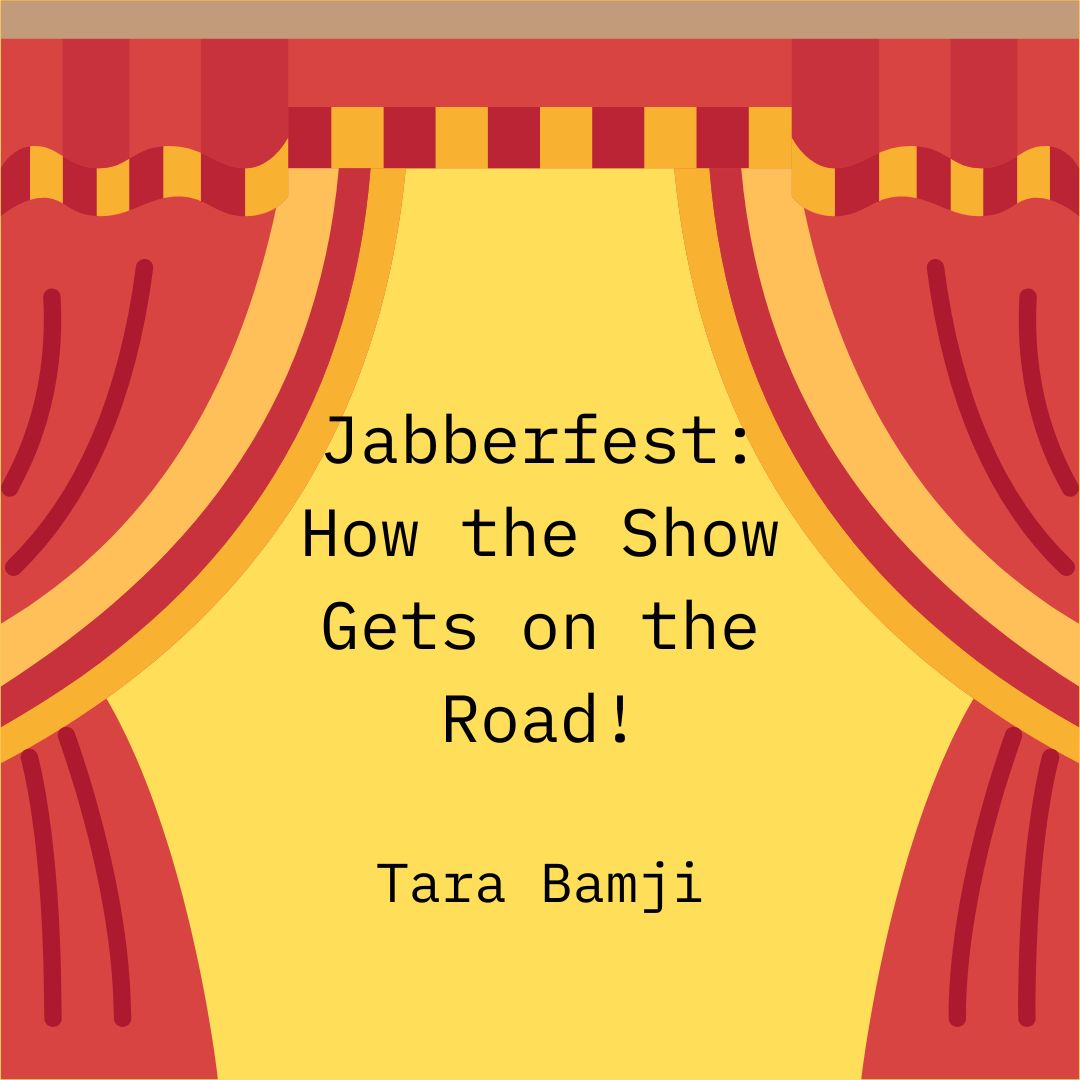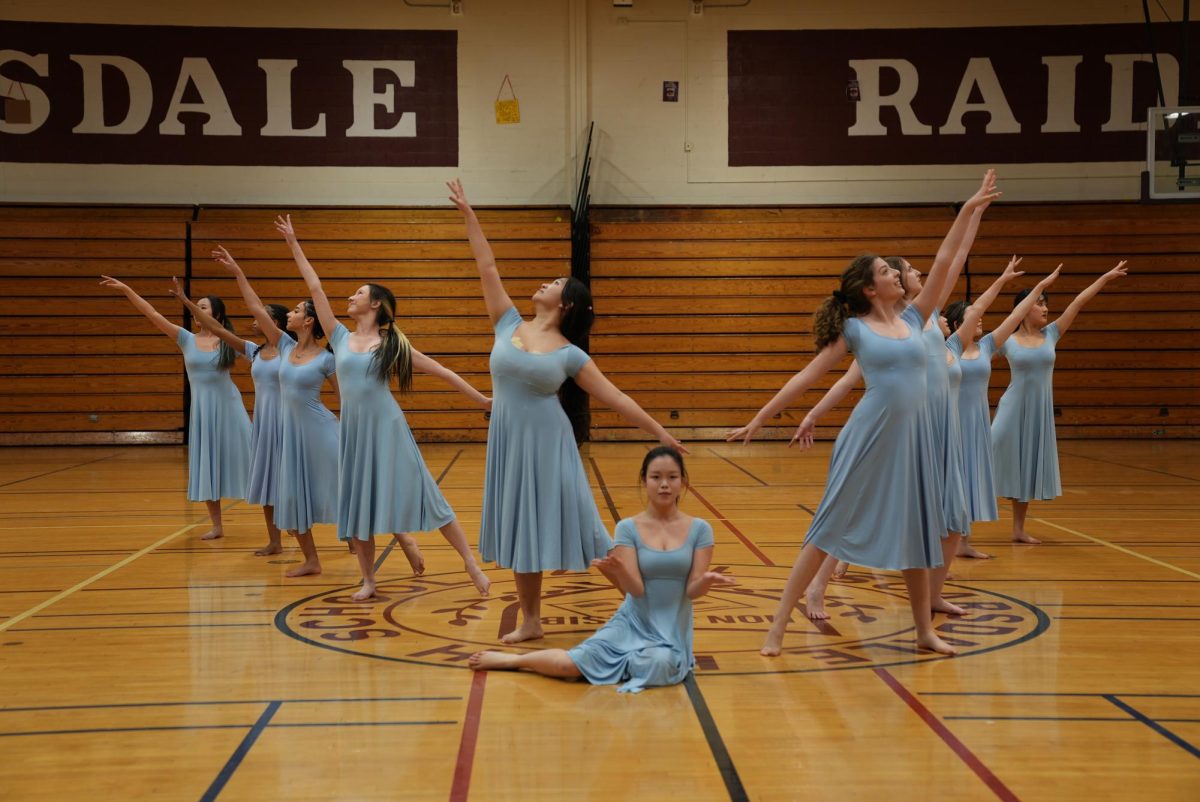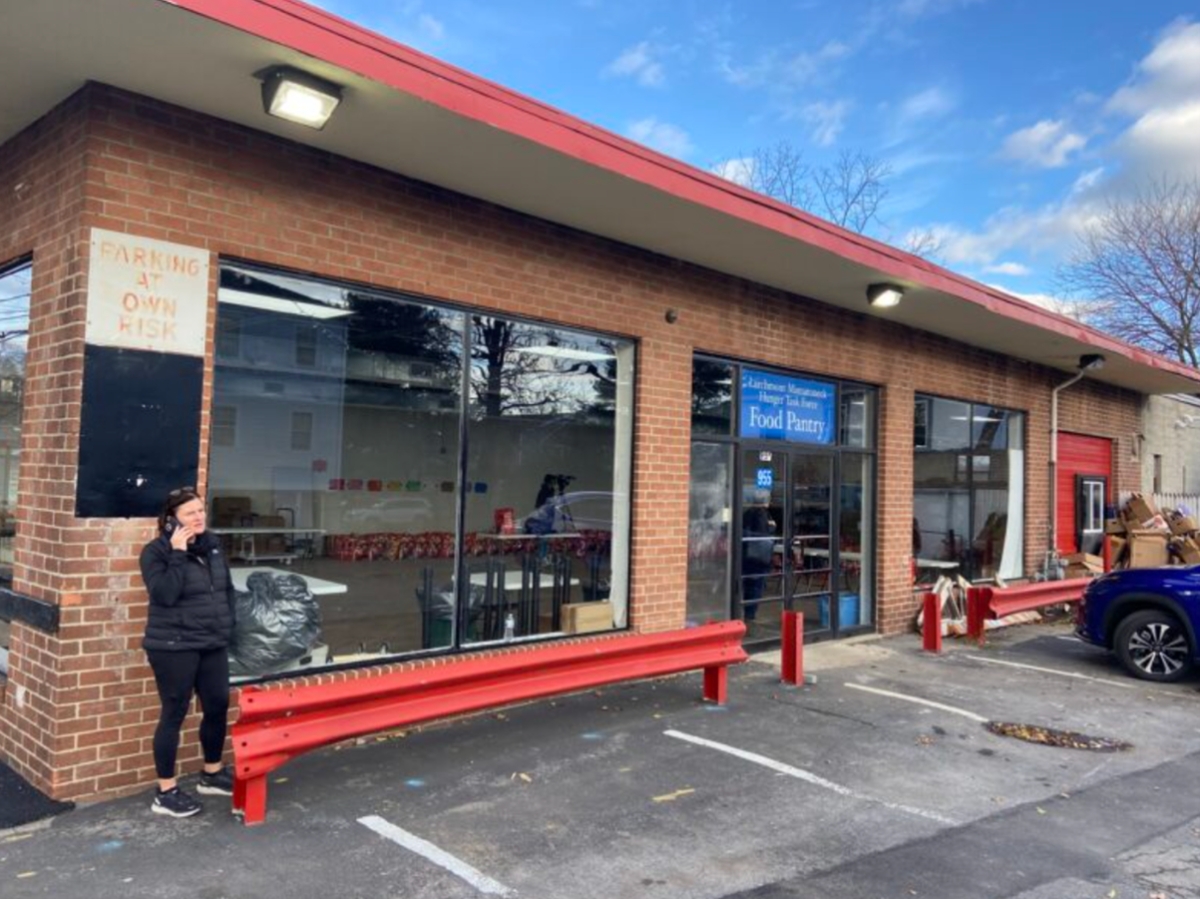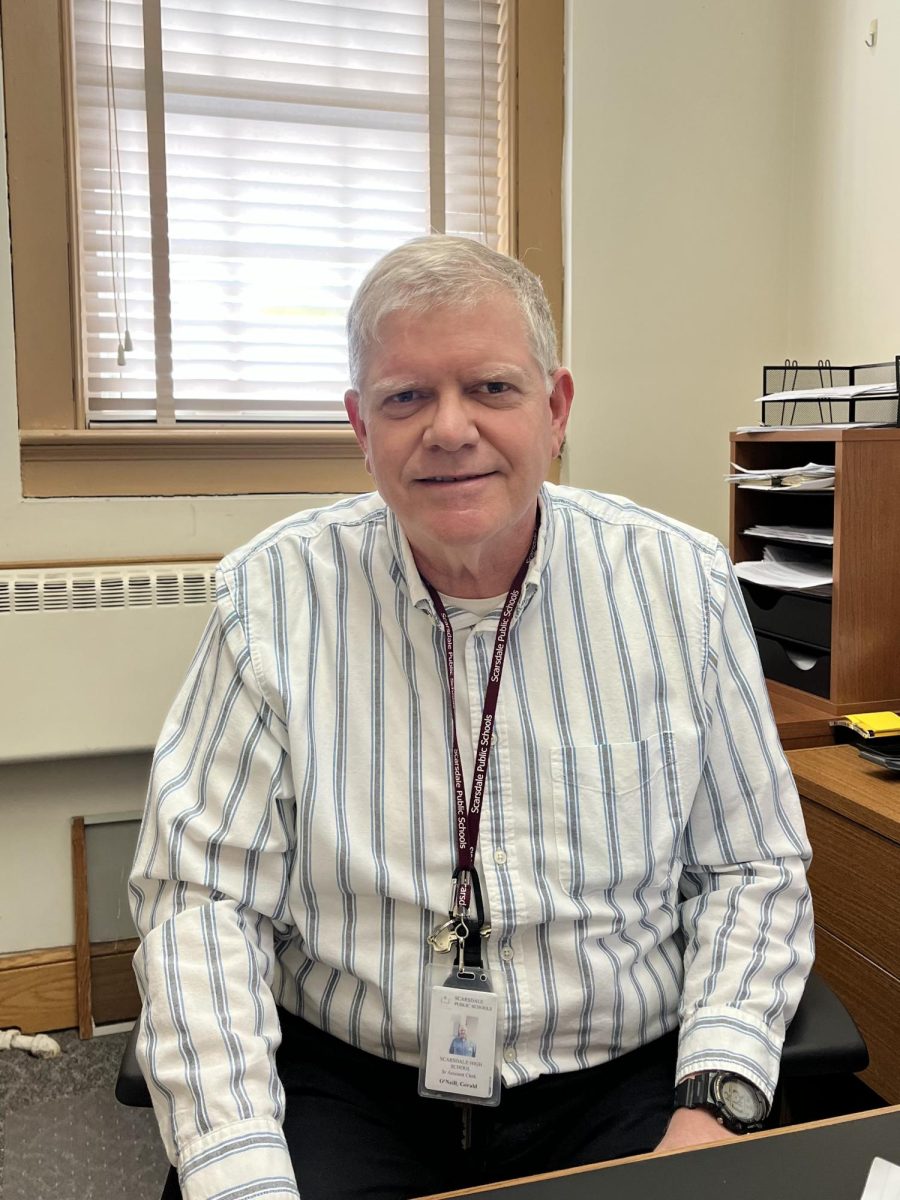The Scarsdale Alternative School, or the A-School, founded in 1972, is a community made up of approximately 80 SHS sophomores, juniors, and seniors. One of the first alternative schools in the country, it sought a different style of learning. Its mission is to foster strong teacher-student relationships, collaborative learning, and democracy. All faculty and students refer to one another by their first names and focus on communication and learning, allowing for challenging and thought-provoking discussion within the community. Throughout the years, however, the A-School has been subject to judgement from SHS’s students and teachers.
Many A-School students have received opposed reactions from non-A-School faculty. “Teachers either joke about us needing to sit on the floor or they’re really psyched to have us in their class because they know we are avid participators in class,” said Ben Stevens ’16 when asked about the relationship A-schoolers have with non-A-School faculty.
Often, misconceptions of A-Schoolers stems from a disconnect between the majority of SHS and the small community within the SAS. “I didn’t apply to A-School because I was afraid that I would lose contact with friends in the main school,” explained Ethan Afran ‘18. However, being in A school does not prevent SAS students from interacting with the rest of SHS. A-Schoolers are able to hang out with friends outside of the Alternate school during frees, lunch periods, and even may have classes with outside friends since not all classes are taught in the A school.
Other rumors include the idea that A-School students are barred from taking on a rigorous course load. “Last year, I was talking about how I was worried about junior year with a current senior and they said ‘It won’t be that bad, you’re in the A-School,” recalled Josie Blatt ’17. In fact, the opposite is true. While the A-School does require students to take American Studies during junior year, A-School students can take two additional history periods in order to fulfill an AT History course credit. In previous years, sophomores at SHS were allowed to take an honors level English course while A-Schoolers were not. SAS students, however could complete supplementary course material, which included extra reading and essays, that was commensurate to an honors level English course. Aside from these two classes, students are allowed to take any level or course in the A-School or SHS.
A-School students feel they are often perceived as lazy when compared to students in the high school. “There’s definitely a stereotype that students don’t work hard in the A-School. However, just like in the main school, it’s all about how hard each individual student is willing to work. In the A-School, I think students are even more invested because they have personal relationships with teachers,” explained Naomi Haber ‘16. This perception is partially based on the idea of the A-School internship, when all A-School students forego their A-School classes within the month of January in order to pursue an internship. In reality, many A-Schoolers find the lessons learned during internship to be just as valuable and fulfilling as attending high school classes. According to a study of 326 employers across the country, conducted in January 2014 by Internships.com and Millenial Branding, a research and consulting firm, 70% of companies say that high school students who complete their programs are either very or completely likely to eventually land a college internship with their company. “I learned so much during my internship that I wouldn’t have been able to in school,” gushed Blatt ’17. The internship component of the A-School represents both an opportunity for real-world experience in the employment field, and an alternative to traditional methods of learning. Students are able to pursue their passions within a structured curriculum that ensures they make the most of their work.
There is a preconceived notion about the type of student that joins the A-School community. “A-School students are often automatically judged as laidback hippies,” explained Sloane Pick ‘16. This image is possibly rooted in the A-School’s structure. “Because the A-School gives our written explanation with our grades, I think this is somehow linked with the notion that the A-School is more flexible and unstructured,” reflected SHS math teacher Linda Rich, a former A-School teacher.
Unlike most A-Schools in the country, SAS is designed to broaden the horizons of education for all students in the community. Most long-running alternative schools in the US were established in order to help struggling high school students who were considering dropping out. “During college visits this year, there were definitely some times when I had to explain what the A-School was and that it wasn’t that they always though it meant,” explained Stevens. While the A-School community has considering changing its name, they have come to understand that the Alternative School is linked to a specific educational mission. “In the end, I don’t think we can change the name because we do provide an alternative education and it’s something that we should be proud about,” reasoned Evan Lazarus ’16. Part of the A-School’s appeal is its nontraditional outlook on high-school learning. “It’s always nice to have a place that gives a little bit of a different look at the craziness that is Scarsdale,” commented Dean Iosepovici, guidance counselor for A-Schoolers.
The A-School has often served as a lab for the larger high school. The American Studies class came out of the A-School, and the senior options program at SHS is an offshoot of the A-School’s January internship. The ultimate frisbee team Hellfish also came from the A-School. “The A-School created their own Frisbee team a couple of years ago, and it eventually expanded to include non A-Schoolers as well,” revealed Rodstein.
A-School stereotypes may also be rooted in its long and rich history. “Nearly 20 years ago, the A-School was definitely looser in structure. Students didn’t receive grades, but simply a written evaluation. Students also had a say in creating courses, so the community was a lot looser. And I definitely did see a lot more kids wearing Birkenstocks and listening to the Walking Dead,” said Rodstein. The A-school was also more separated from the high school, with a separate bell schedule and a completely distinct curriculum, with the option for students to create their own classes. However, in recent years, the A-School community has become more diverse. With the recent increase in applicants, SAS is now able to represent a broader percentage of the student body whose interests span from sports to drama to audio-visual effects.
“A few years ago, we started ‘recruiting’ students through visits to English classes…so I think a lot of students began to see kids in the A-School as people similar to them,” explained A-School history teacher Jen Maxwell. In the years prior to the English class initiative, SAS would receive roughly 50 applications for 26 spots, a far cry from the 100 or so applications they now receive every year. The SAS student body today does not attract a certain type of student or person; rather, it is a microcosm of the larger SHS population. “The A-School students are just as diverse as students in the main school,” confirms Rich. In the wake of the increasing diversity and popularity of SAS, many stereotypes that were once commonly held are now nonexistent. “The only stereotype I’ve heard about the A-School is that it’s really hard to get into,” noted A-Schooler Matthew Kuo ‘18.
A holistic view of SAS over the years will show that the institution has evolved from a haven for alternative thinkers to a community focused on building a foundation of critical thinking and engagement while still having fun. “I remember one year when an A-Schooler made tee-shirts for the A-School that said ‘hippie A-Schoolers’ on them,” recollected Pick. From an academic standpoint, it drives its students to achieve their fullest potential. “The A-School has done so much for me. It’s pushed me so far outside my comfort zone, and really taught me how to think. Honestly, it’s the best academic decision I’ve ever made,” reflected Haber ‘16. From a community standpoint, SAS takes an interest in every single student and becomes the home of any student that wishes to take an active role in their education. “In the A-School, you can talk about issues that kids need practice thinking about, like cheating, or drugs, or the pitfalls of social media. You can bring that issue to Agenda [the A-School’s committee to plan community meeting topics], so that can bring initiatives to the A-School,” explained Rich.
By Abby Haber and Gaby Dickson

